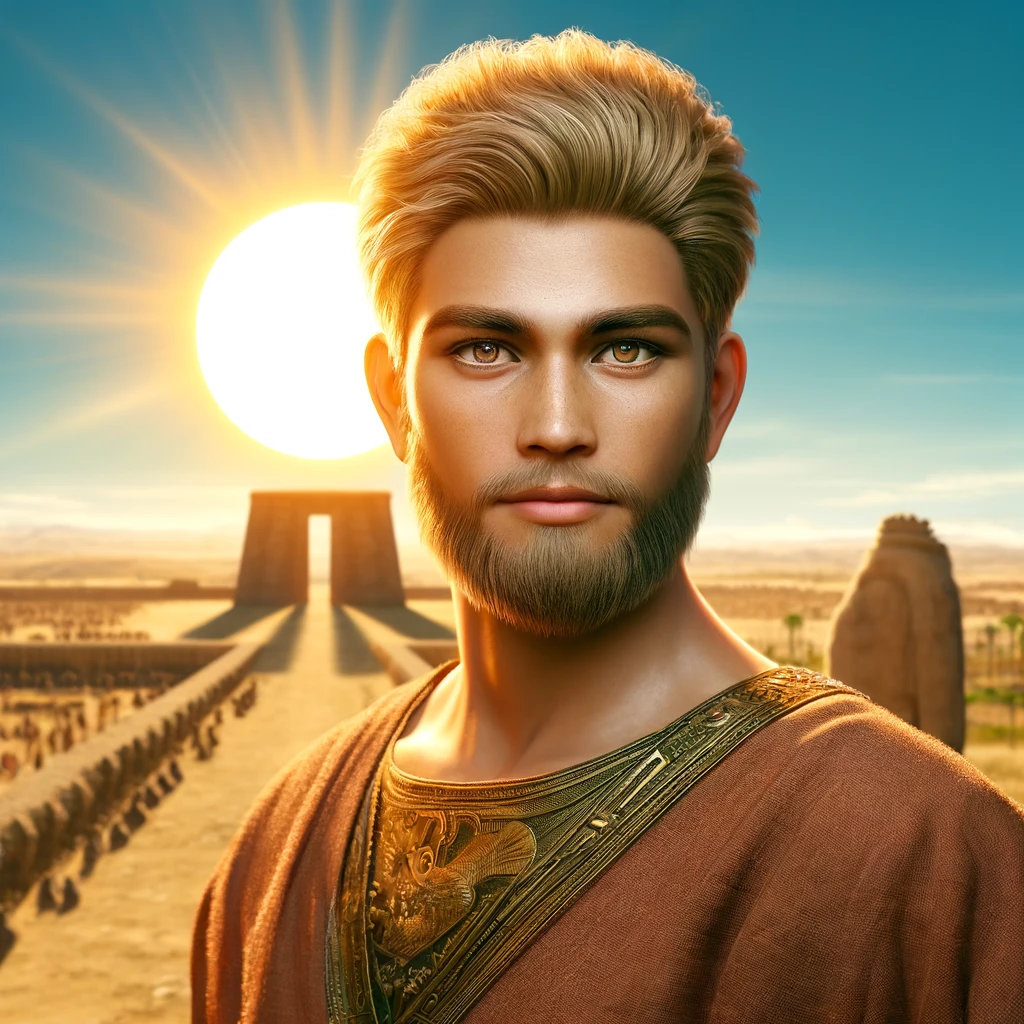The Gods of Sumer: The Anunnaki and the Igigi
Sumerian myths recognize two classes of gods: the Anunnaki and the Igigi. In this section, we would like to trace the lives of the great gods. The basis for our analysis of their lives is the chronology of Sumerian myths, which was reconstructed in a previous chapter.
Meanings of the terms “Anunnaki” and “Igigi”
As with many Sumerian terms, the term “Anunnaki” is self-explanatory. The word Anunnaki is read as “da-nun-na-ke4-ne” in Sumerian. The meaning of the term can be derived from the meaning of the individual syllables:
- The superscript d at the beginning of the word stands for the divine determinative diĝir (𒀭). As a rule, this symbol is not read. However, it must be taken into account in order to understand the meaning of the term. In this case, the symbol refers to the sky god “An” or, alternatively, the sky of the gods.
- The syllable “a” refers to a life-giving substance. As a rule, this refers to water, but in this case it refers to the seed of An.
- The syllable “nun” means “exalted.” So the whole term refers to the exalted seed of An.
- The syllable “na” expresses belonging to the situation just described.
- The ending ke4-ne denotes the plural.
The term “da-nun-na” thus means “he who sprang from the exalted seed of An.” The Anunnaki are thus those who sprang from the exalted seed of An. One could also say: The Anunnaki are the members of the exalted civilization of An. According to the definition, membership in the Anunnaki is hereditary and unchangeable: a god whose parents belong to the Anunnaki also belongs to this group from birth. Later admission to this circle is not possible.
Although the term, according to its definition, encompasses all members of the civilization of An, in the myths and in the rest of this text it refers primarily only to those deities who actively guide the fate of the Earth and determine the destiny of humans.
In addition to the Anunnaki, there is a second group of gods: the Igigi. While the term “Igigi” is only directly attested in Akkadian-Babylonian texts, Sumerian sources use paraphrases such as:
- “diĝir-šeš” (the divine brothers)
- “dnun-gal-e-ne” (the exalted great ones)
The second term is particularly revealing: it is structurally similar to the term for the Anunnaki, but omits any reference to biological descent from An. This underscores the fundamental difference between the two groups of gods—the Anunnaki are defined by their kinship with An, the Igigi by their lack of kinship with him.
Who Were the Anunnaki?
The Anunnaki are the supreme gods of the Sumerian pantheon and play a central role in Mesopotamian mythology. As the highest decision-makers, they determine the destinies of humans, watch over the order of the world, and guide the development of human civilization. They are distinguished particularly by two central characteristics: immortality and omniscience.
Their immortality is explicitly addressed in the myth “Enki and Ereshkigal,” when Enki states:
“Until now I have not thought about death. I knew that it is something that happens to the living, to humans, plants and animals alike, but not to the Anunnaki.”
The omniscience of the Anunnaki becomes particularly clear in the myth “Nanna and Ningal,” where they are described as “the great gods who know everything.” This omniscience also shows itself in practical situations, such as when Ningal and Nanna tried to keep their love secret:
“Suddenly Ningal understood everything and her face became even hotter. Nothing that happened in all worlds could the great gods not know. They knew about Nanna and her.”
Distinction from Other Divine Beings
The Anunnaki are clearly to be distinguished from the Igigi, another group of divine beings. While the Anunnaki are the supreme decision-makers and determine the fundamental goals, the Igigi were subordinated to them and responsible for the practical execution of divine tasks. This is clearly expressed in the Atrahasis Epic: The Anunnaki let the Igigi bear the workload.
The Most Important Anunnaki
The Anunnaki can be divided into two levels. The uppermost level includes the original Anunnaki, who already existed before the founding of Sumerian civilization and who embody the fundamental order of the world: An as sky god, Ninhursag as earth mother, Enlil as lord of the air, Enki as lord of fresh water and wisdom, and Ereshkigal as ruler of the underworld. These gods are named in the Atrahasis Epic as the gods who make the most important decisions. An exception here is Ereshkigal, who although she has the status of an Anunnaki, does not guide the destinies of the living, but is responsible for the fates of human souls in the underworld.
The second level includes significant descendants of the first level: Nanna (son of Enlil), as well as Inanna and Utu (children of Nanna). Each of these gods has specific tasks in guiding human destinies: Nanna gives the moon its mythological properties that can help believers achieve prosperity. Inanna directly influences the rulers of Sumer, while Utu as god of justice travels daily with the sun across the sky and thereby observes everything that humans do — a manifestation of the Anunnaki’s omniscience.
Besides these, there are other Anunnaki who are less prominent in the myths, such as Ningikuga, the goddess of reeds and mother of Ningal.
Core Tasks of the Anunnaki
The main tasks of the Anunnaki are described in various myths. In the myth “Nanna and Ningal,” they are characterized as
“the guardians of the land, the protectors of order and balance, the spiritual nourishment for all living things.”
This central role is also emphasized in the myth “Enki and the World Order”: “House Sumer, may the Anunnaki gods guide the destinies in your midst.” Particularly important is their role as fate-determiners, which is highlighted in both the “Atrahasis Epic” and the “Etana Myth.”
The Anunnaki thereby take on diverse tasks for the functioning of the world: They ensure the fertility of the land and the reproduction of all living beings. In social terms, they are responsible for the transmission of knowledge and craft skills, and the preservation of order through jurisprudence. To fulfill their tasks, they use special divine powers (Me), with which they influence human behavior and thus lay the foundation of human civilization. They also intervene directly in political decisions by installing kings and regulating relations between cities.
The Anunnaki thus embody a complex image of gods: As creators and protectors, but also as strict guardians of order, they use their omniscience and immortality to actively intervene in human affairs and guide the destinies of civilization.
The Converted Ages of the Anunnaki
Basic Concept of Age Representation
The Anunnaki are consistently portrayed in human form in Sumerian myths — as young or old men and women who eat, drink, love, and quarrel. For a deeper understanding of the myths, it is therefore important to know at what human age one should imagine the respective gods during certain events. The most important clues for this are provided by the genealogy of the gods and the dating of the actions of the myths in which they were born. In this way, the mythological age of the gods can be approximately converted into human years.
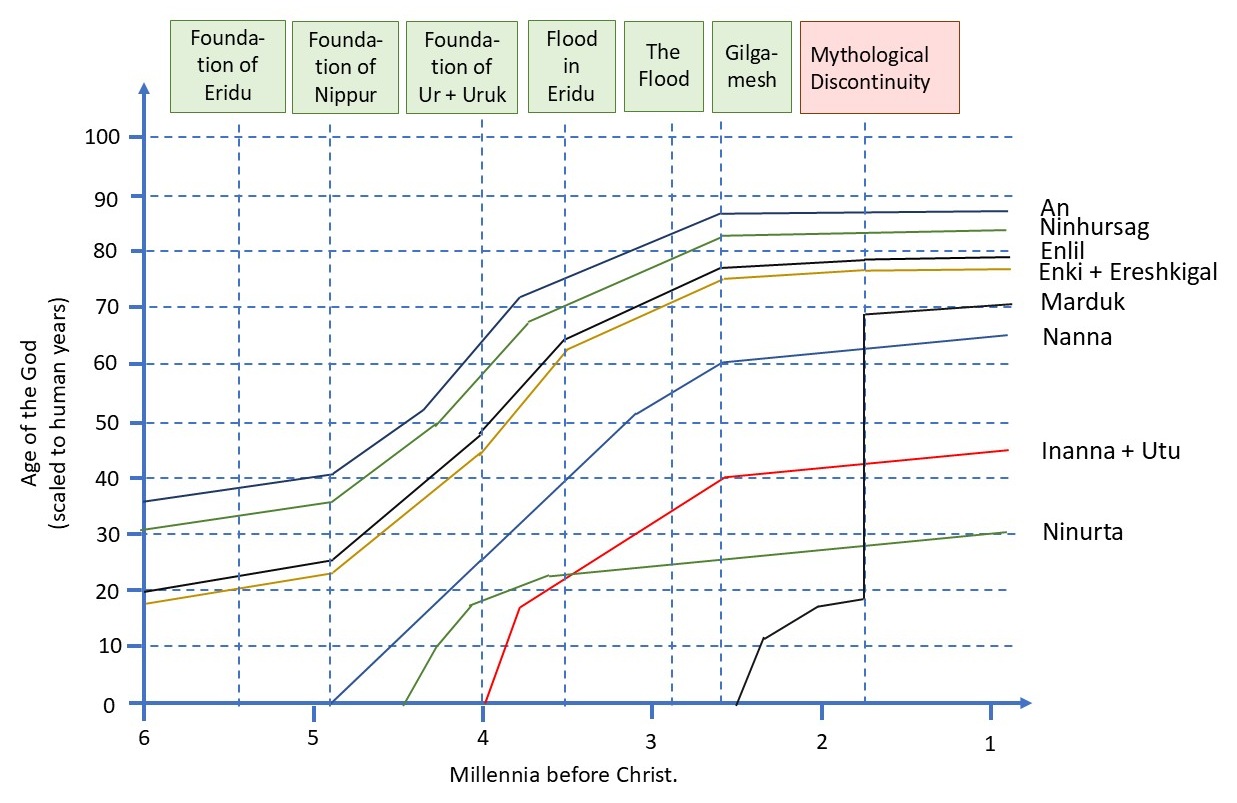
Here an important distinction must be made: If, for example, the god An is estimated to be 85 years old around 2000 BC, this means that one should imagine him as an 85-year-old man in myths whose action takes place at this time. However, this does not mean that he was actually born 85 years earlier.
Peculiarities of Divine Aging
Since the Anunnaki, unlike humans, are immortal, a conversion to human age is only possible under a special assumption: The older a god becomes, the more slowly he ages. This slowed aging leads to the age differences between the gods decreasing over time. While the gods around 5000 BC still represent clearly different age stages, the age differences of the same gods around 2000 BC already appear noticeably smaller.
The Age Curves of the Gods
The gods of the uppermost level — An, Ninhursag, Enlil, Enki, and Ereshkigal — are portrayed as mature personalities from the beginning of mythological chronology. Their age curves begin at about 20-35 years and slowly rise over the millennia to 75-85 years.
The gods of the second level appear later in mythology. Nanna, Enlil’s son, is initially portrayed as a young man and develops from about 20 to 65 years. His children Inanna and Utu appear even later in the myths and accordingly remain the youngest of the Anunnaki.
Ninurta was also included in the graph. Ninurta is not an Anunnaki, but an Igigi. Since in Sumerian mythology a high age is equated with high status and Ninurta as an Igigi cannot achieve as high a status as the Anunnaki, he remains younger: his age curve runs flatter.
Mythological Discontinuities
A remarkable discontinuity is shown by the age curve of the god Marduk, who although not an Anunnaki, appears important for understanding mythological development. His curve shows a dramatic jump around 1700 BC, which coincides with the appearance of the Babylonian creation myth Enuma Elish. In this text, Marduk is attributed a central role in the creation story, whereby his mythological age was suddenly significantly corrected upward.
The Anunnaki in Detail
The God An
An is the highest god of the Sumerian pantheon, sky god and father of many gods. Despite his supreme position, he rarely intervenes directly in earthly affairs and remains mostly distant. Mythologically, he was consort of the earth goddess Ninhursag and fathered Enlil. After losing his temple E-ana to Inanna, he lost earthly influence. An functions as supreme authority in crises and guardian of cosmic order, but was possibly not a real Founder, rather a theological construct for legitimizing the divine hierarchy.

The Goddess Ninhursag
Ninhursag belongs to the highest level of the Anunnaki and is one of the most powerful Sumerian goddesses. As earth goddess and “Mother of all Life,” she regulates life processes from fertility to consciousness development. Her titles include Ki (Earth), Aruru (Creator), Belet-ili and Mami (Mother goddess). Mythologically, she created life conditions with Enki, further developed human consciousness and worked as a healer. After the flood, she introduced new regulatory mechanisms for population growth.
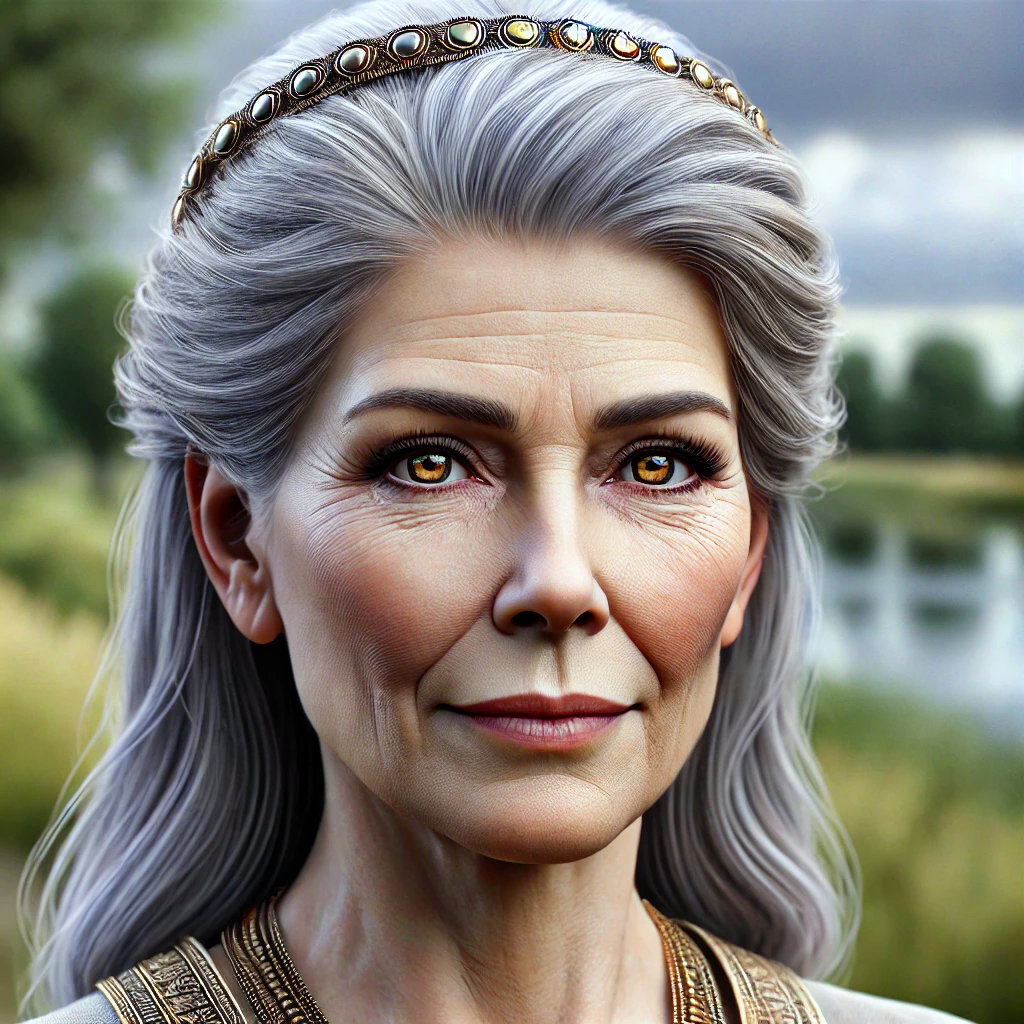
The God Enlil
Enlil is the supreme god of the Anunnaki on Earth and legitimate successor of his father An. From the Ekur temple in Nippur, he manages resources and organizes major infrastructure projects like the canal system. As authoritarian ruler, he is supreme commander of the Igigi and resorts to drastic measures like plagues and the flood for population control. He separated heaven and earth, established kingship and created the first financial system. As Founder, he systematically planned the development of Sumerian civilization through administrative structures.
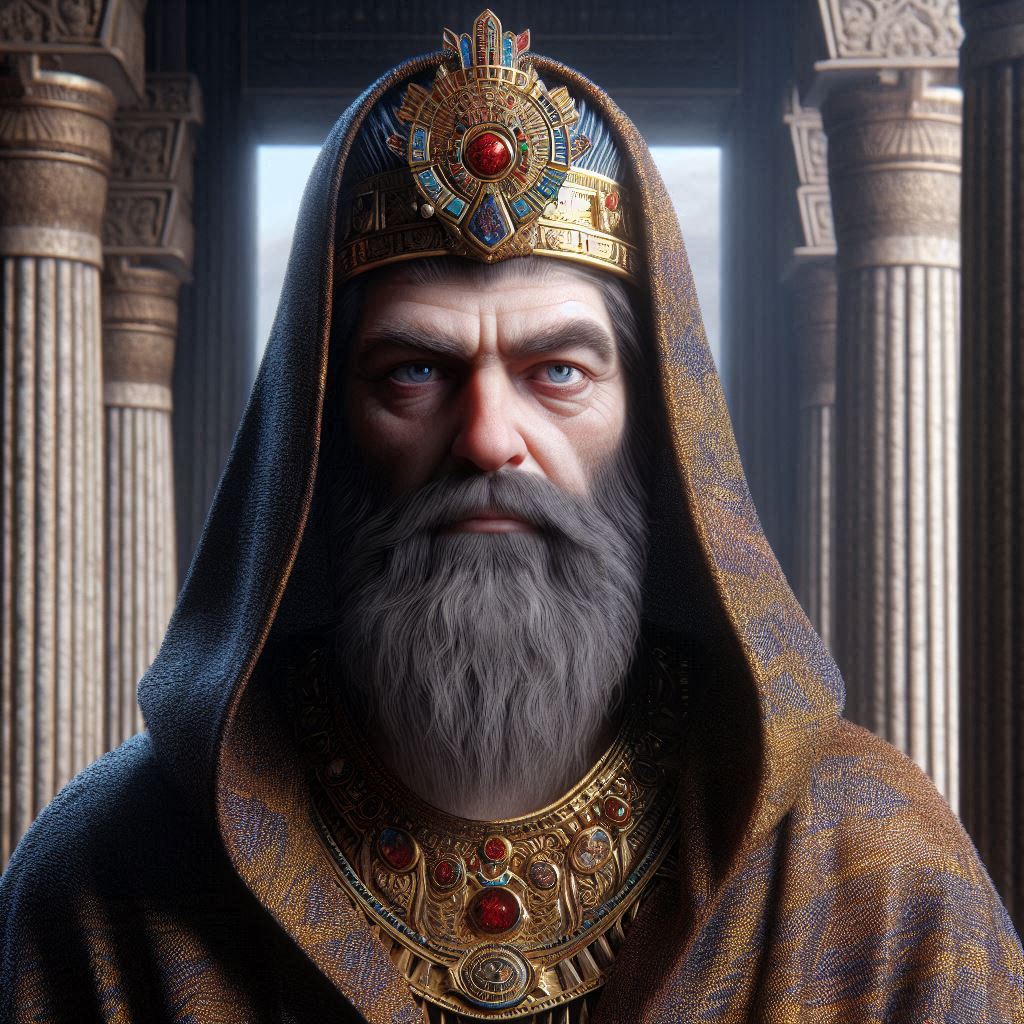
The God Enki
Enki belongs to the five original Anunnaki and is god of wisdom and fresh water. From his temple E-abzu in Eridu, he promotes crafts, art and science. As wise advisor to Enlil and benevolent helper of humans, he made the earth fertile with Ninhursag and gave humans more intelligence. He saved humanity from the flood through Atrahasis. After losing the divine powers (Me) to Inanna, his city Eridu lost significance. As Founder, he transmitted knowledge through direct instruction and dreams.
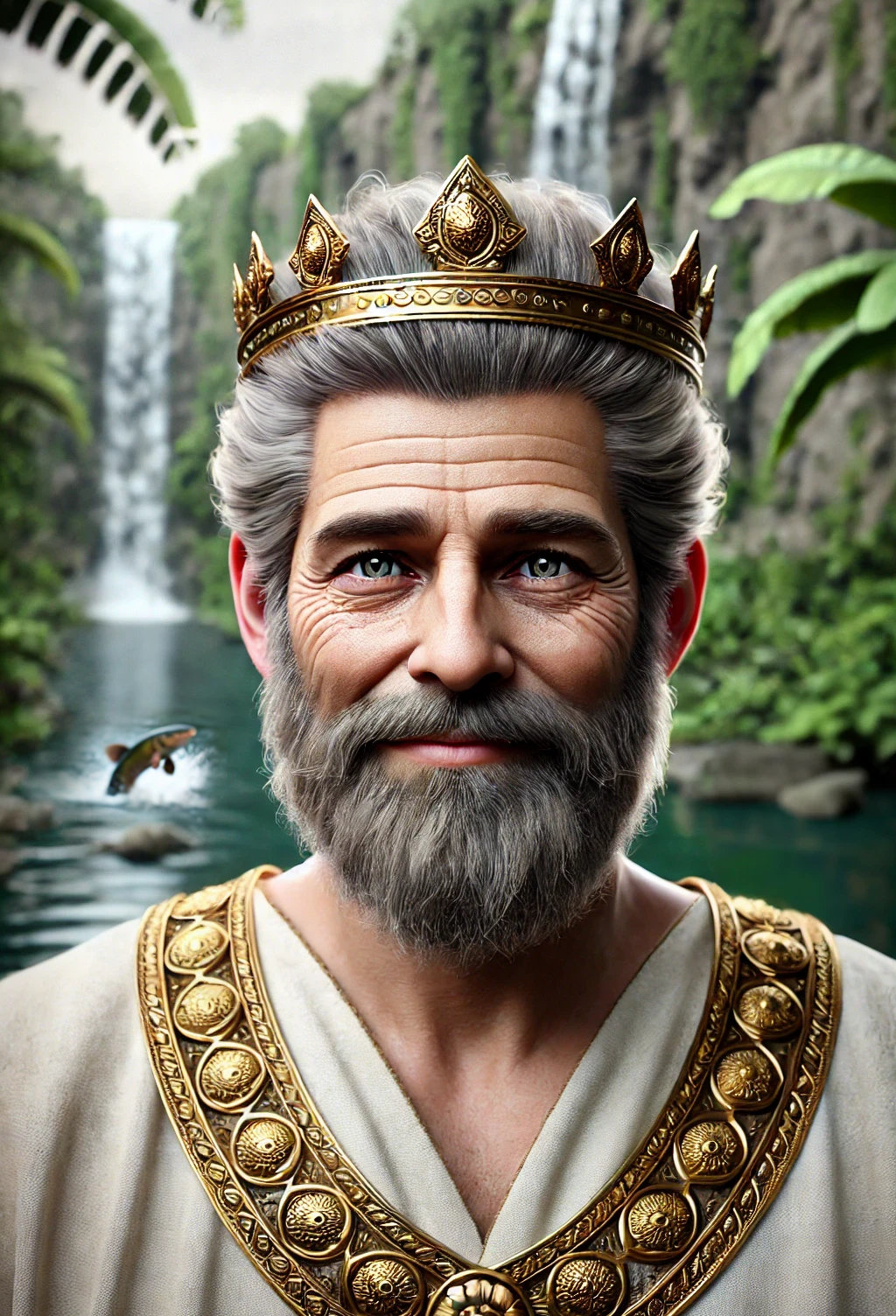
The Goddess Ereshkigal
Ereshkigal belongs as Enki’s twin sister to the five original Anunnaki. As ruler of the underworld, she transforms the souls of all deceased. She voluntarily descended to the underworld to take on this task. The underworld is for her a “Realm of Essence” where life and death merge into each other. She gave Enki the seed of the Huluppu tree as connection between the worlds. As Founder, she presumably developed early techniques for consciousness extraction and analysis in a kind of virtual reality.
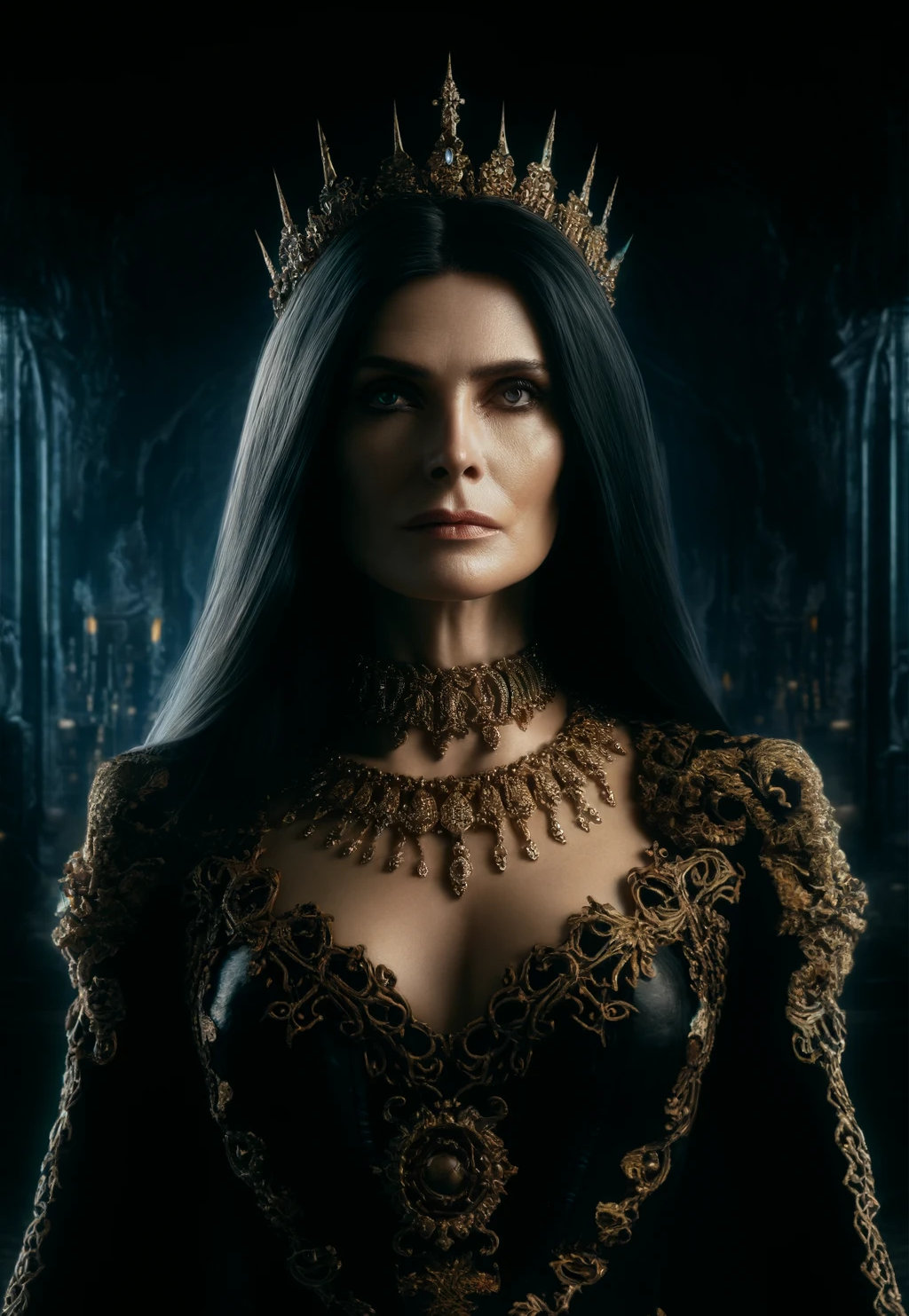
The God Nanna
Nanna is the firstborn son of Enlil and Ninlil and belongs to the second level of the Anunnaki. As moon god, he travels at night with the moon and synchronizes life cycles with moon phases. He influences humans through dreams – rewards obedience with pleasant dreams and punishes violations with nightmares. From his main temple in Ur, he brings the city to prosperity. As father of Inanna and Utu, he established order through moon cycles. As Founder, he developed methods for behavior control through dream influence.
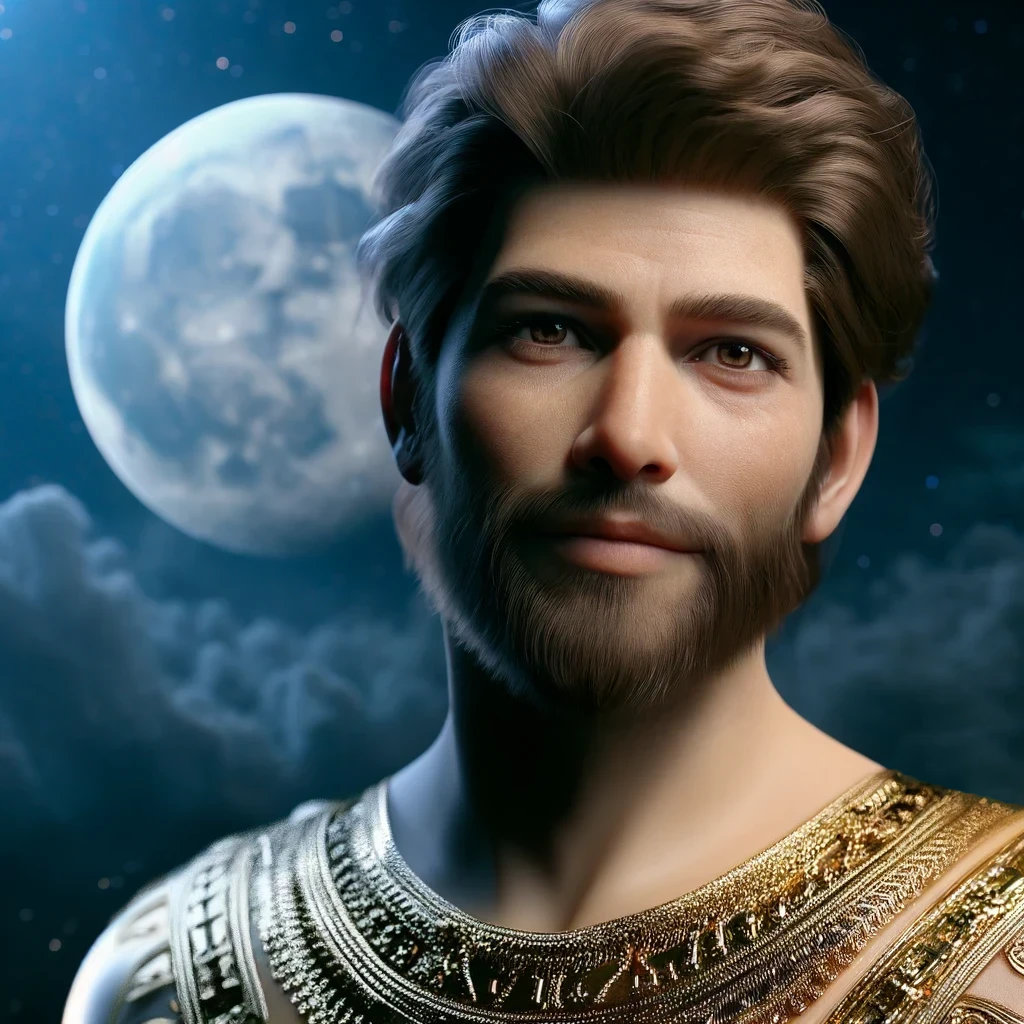
The Goddess Inanna
Inanna was goddess of sexual desire and war and patron deity of Uruk. She proceeded very strategically to achieve her goal of expanding Uruk into a metropolis: She motivated people to multiply and then used their offspring as warriors to expand the city’s borders. Her multifaceted personality ranged from seductive lover to vengeful warrior. She became known through mythological coups like stealing the divine powers (Me) from Enki and establishing the “Sacred Marriage” as legitimation of her rule.
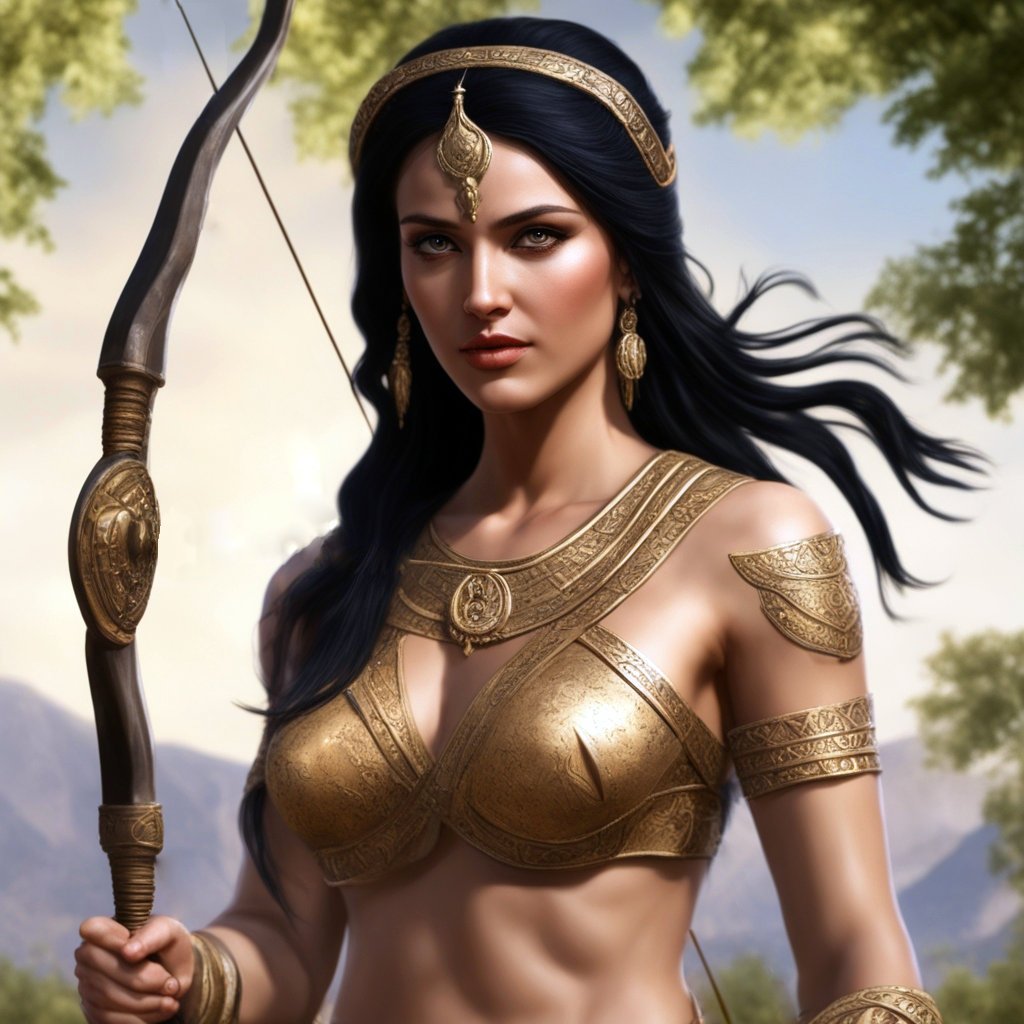
The God Utu
Utu is the son of Nanna and Ningal and belongs to the second level of the Anunnaki. As sun god and god of justice, he travels daily across the sky and monitors the earth. His main task is jurisdiction between humans and gods. He stands particularly close to humans and defends their rights against other gods. In the Gilgamesh Epic, he helps the heroes despite Enlil’s resistance. His main temple stands in Sippar. He inspired the Code of Hammurabi. As Founder, he developed the legal system for the protection of humans.
